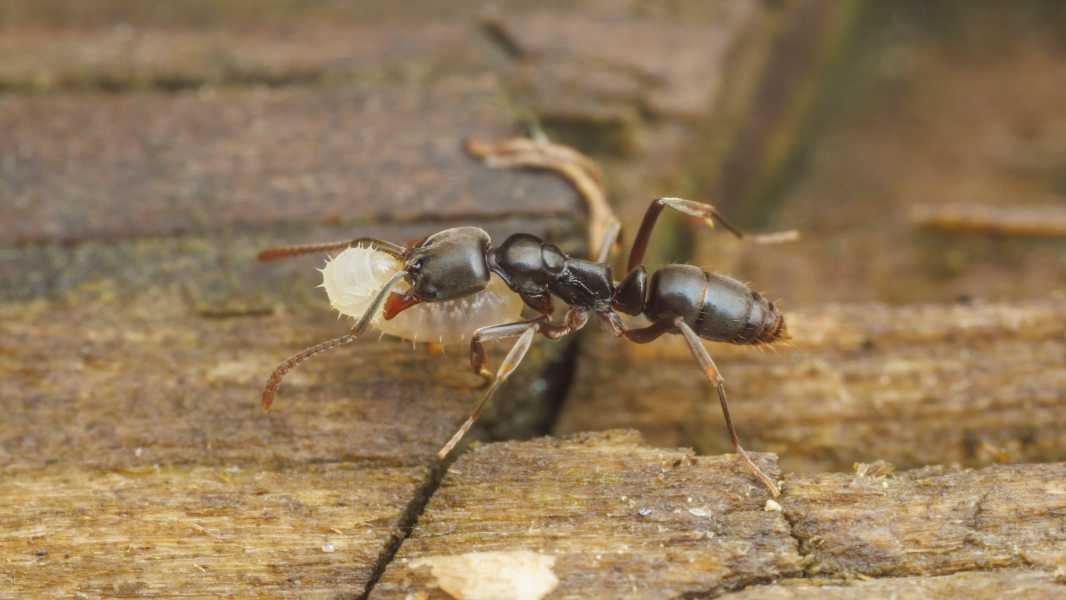
Asian needle ants are relatively small, dark in colour and have a shiny surface. The tips of their legs and antennae are a light orange tint. (Image credit: Clarence Holmes Wildlife via Alamy)
Invasive ants whose bites can cause dangerous allergic reactions in humans are spreading across the southeastern U.S. and beyond, raising growing concern among experts.
Asian needle ants (Brachyponera chinensis) have kept a low profile for many years since their introduction to the United States about a century ago, but entomologists have recently documented their expansion from several southern states into New England and the Midwest. According to the U.S. Department of Agriculture (USDA), these ants can invade a variety of temperate forest ecosystems in North America, and with the spring breeding season approaching, there is potential for them to cause emergencies across the country.
“We now consider it a medically important pest,” Dan Suiter, a professor of urban entomology at the University of Georgia, told Fox Weather on April 29.
Suiter noted that he has seen an increase in Asian needle ant bites recently. In 2024, he received three calls from people who experienced anaphylaxis after being stung by these ants — a significant increase from previous years, he told Fox Weather.
Anaphylaxis is an acute allergic condition that some people can experience very quickly after exposure to certain medications, foods, or insect bites. Symptoms include a fast and weak pulse, skin rashes, nausea, and vomiting, according to the Mayo Clinic. Anaphylaxis can be fatal because it releases large amounts of chemicals into the bloodstream that narrow the airways, making it difficult to breathe. These chemicals can also cause a sharp drop in blood pressure, increasing the risk of cardiac arrest.
Ants are common pests, but “the situation becomes more serious when an insect bite can be life-threatening for people who suffer from anaphylaxis,” Suiter added. It is not known how many people have died from Asian needle ant bites worldwide and in the United States since their introduction.
Asian needle ants are small, shiny, dark brown or black ants that are native to China, Japan, and Korea. They were first spotted in the U.S. in 1932 after being imported via shipping, but by that time they had already been documented in at least three southern states, according to the USDA.
Asian needle ants are not aggressive and do not defend their nests the way fire ants (Solenopsis) do, but they can deliver a painful sting if they end up under a person's clothing or on their hand. People living in affected areas should look for the light orange antennae and tips of these ants' legs, although the USDA points out that a trained eye is needed for positive identification.
It's impossible to predict who might get anaphylaxis from an Asian needle ant sting, but people who have had negative reactions to other insect bites or use an EpiPen should be especially careful around these ants, Suiter said. Regardless of susceptibility to anaphylaxis, Asian needle ant stings typically cause severe pain at the site of the bite, according to the USDA.
Some control measures have been taken to curb the spread of Asian needle ants, but these efforts are extremely expensive, according to the USDA. These ants typically nest under logs, rocks, and leaf litter, but they can also be found in wood piles. They do not create trails like other ants, but instead move alone and erratically, Suiter added.
“This thing is kind of wandering around,” he said. “It looks lost.”
TOPICS invasive species
Sourse: www.livescience.com





